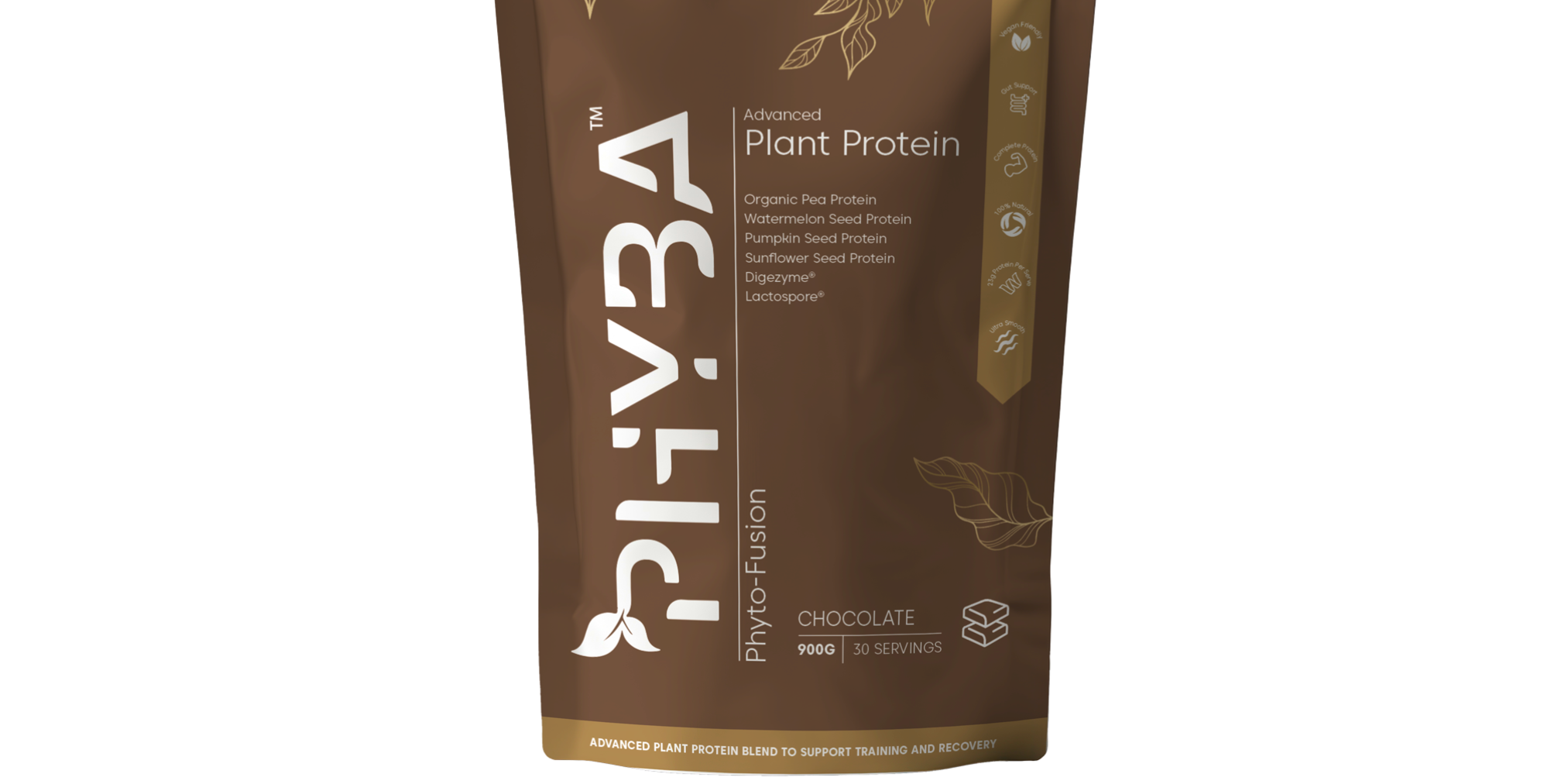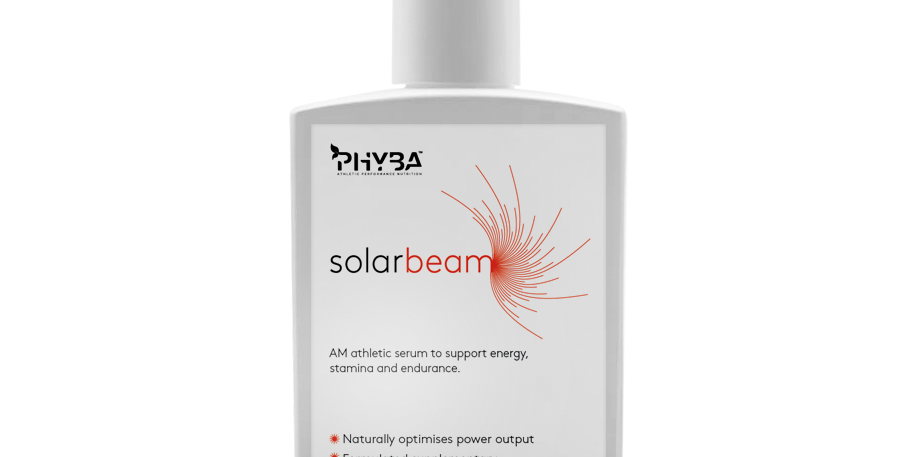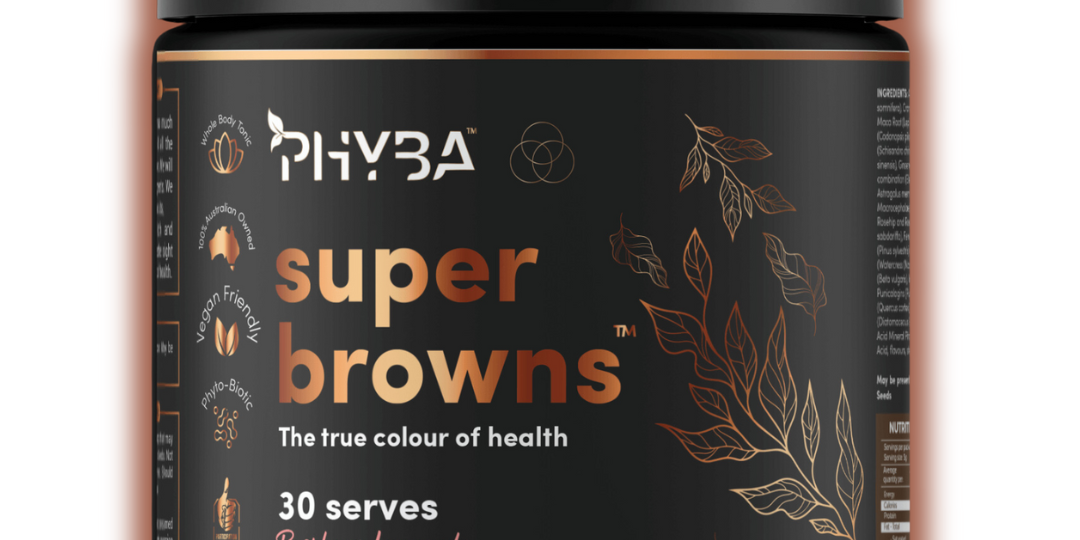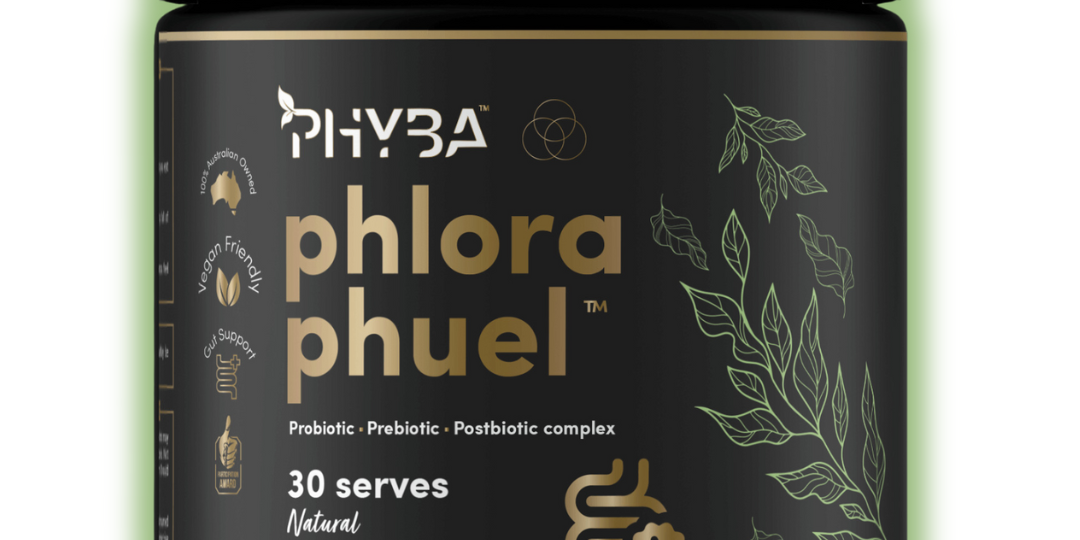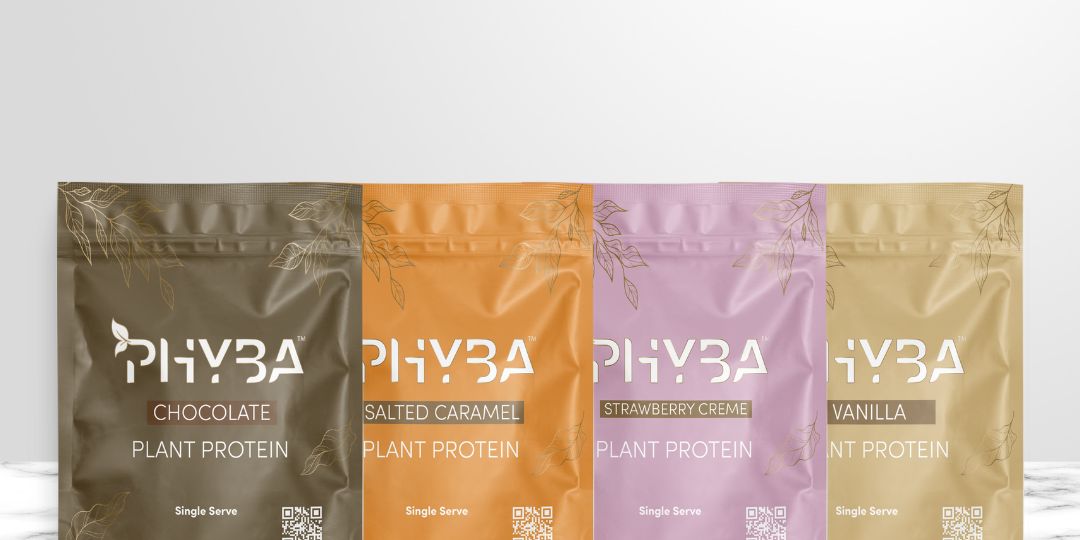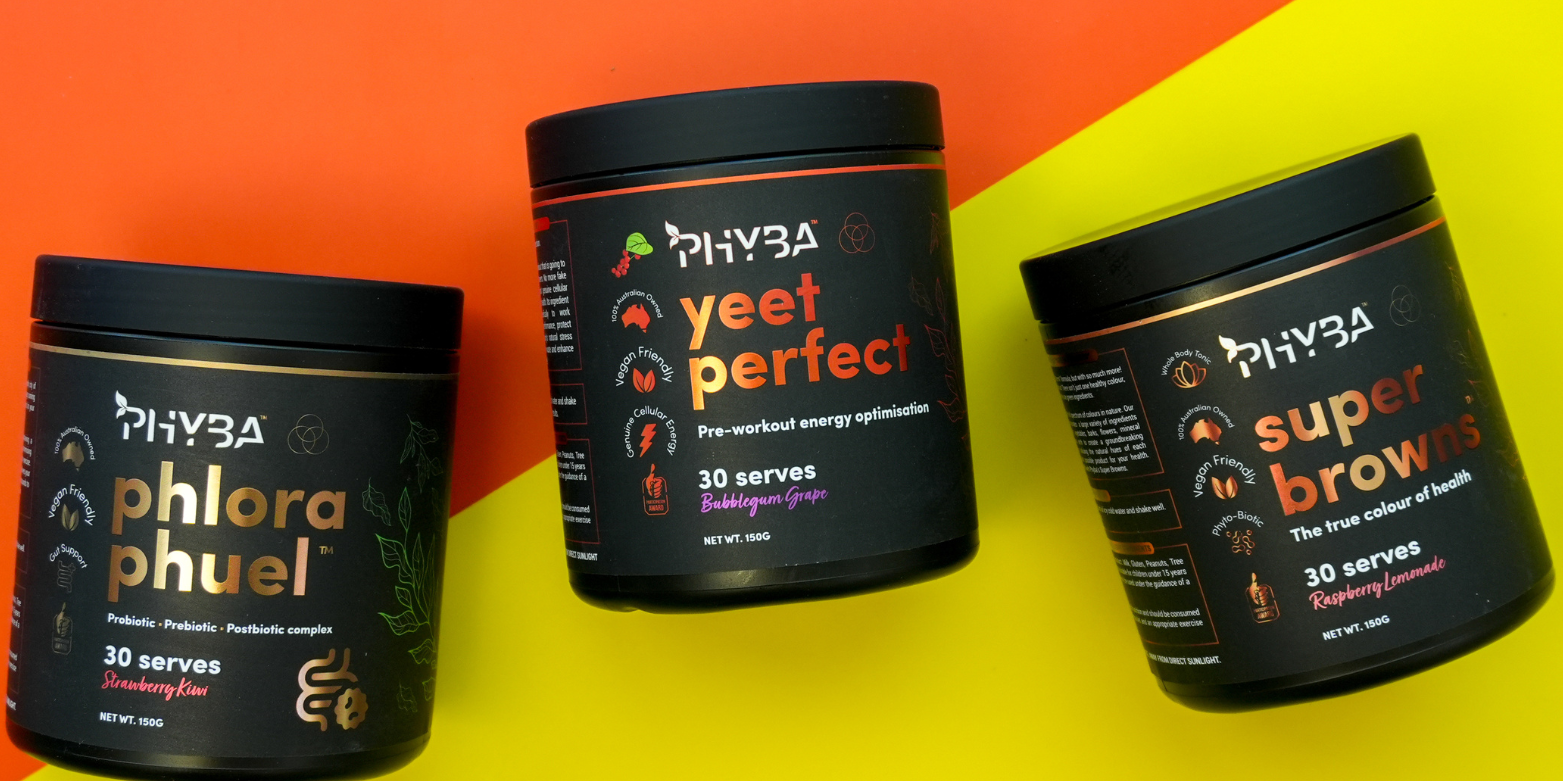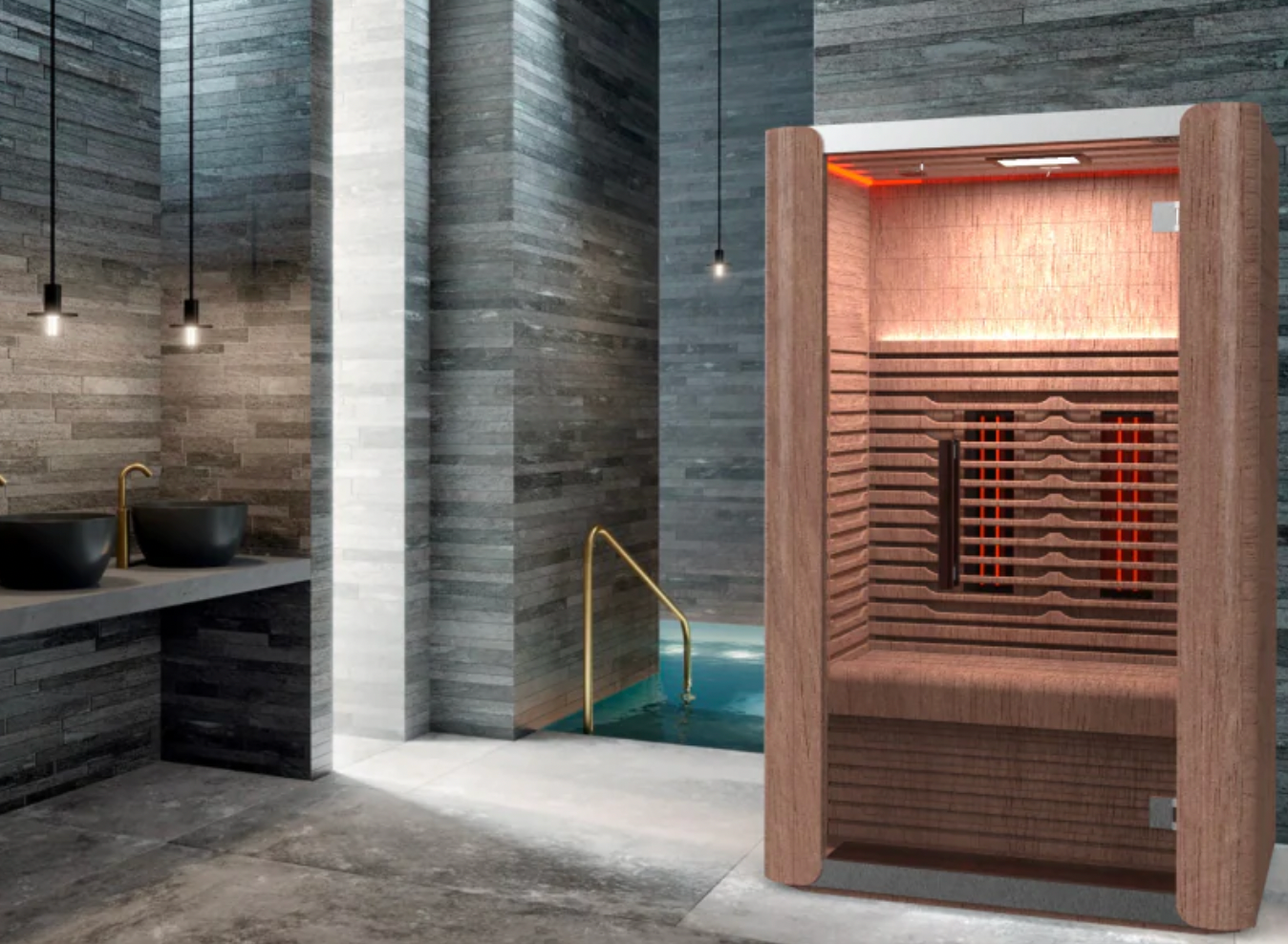After a tough workout or a long day, relaxing in a sauna isn’t just soothing – it can also supercharge your health and fitness. Athletes and wellness enthusiasts alike are discovering that regular sauna sessions can boost aerobic endurance, speed up muscle recovery, strengthen the heart, and even contribute to a longer life. Before you crank up the heat, let’s break down the benefits of saunas, how they work, the differences between Finnish and infrared styles, and how to use them safely for maximum gains.
Benefits of Sauna Use for Athletes and Health Seekers
Regular sauna bathing isn’t just a spa luxury – it offers evidence-backed benefits for your body and performance:
-
Improved Endurance: Heat exposure can increase aerobic capacity. In one study, runners who added 3 weeks of post-run sauna sessions increased their time to exhaustion by 32%, likely due to higher blood volume (greater cardiovascular efficiency) pubmed.ncbi.nlm.nih.gov. In plain terms, saunas helped them run longer before tiring out.
-
Faster Muscle Recovery: Warming up in the sauna after exercise boosts blood circulation, which delivers nutrients to muscles. Research shows a single infrared sauna session after a workout improved explosive strength recovery and reduced soreness by the next day pmc.ncbi.nlm.nih.gov. Many athletes use saunas post-training to ease muscle tension and joint stiffness, helping them feel ready to go again sooner.
-
Heart Health Boost: Saunas make your heart work a bit harder (your heart rate can jump to 100-150 bpm in the heat). Over time, this can strengthen your cardiovascular system. Studies link regular sauna use to lower blood pressure and better blood vessel function usatoday.com. In fact, frequent sauna users have improved cholesterol profiles and aerobic fitness levels onepeloton.com. One long-term Finnish study found that men hitting the sauna 4–7 times per week were 40% less likely to die from heart disease or any cause compared to once-a-week users usatoday.com – talk about longevity gains!
-
Longevity and Overall Wellness: Beyond the heart, the routine of sweating it out correlates with a longer lifespan and lower risk of diseases. Researchers believe this is due to reduced chronic inflammation and oxidative stress, improved immune function, and even stimulation of hormones like growth hormone. Some evidence even suggests sauna use may help preserve muscle mass as we age usatoday.com.
How Saunas Work: Heat Stress = Stronger Body
What’s happening under the hood when you’re turning beet-red in that 180°F room? Sauna heat puts a mild stress on your body – and your body adapts in beneficial ways. The high temperature triggers the release of heat shock proteins, cellular repair crews that fix misfolded proteins and reduce muscle damage, aiding recovery and protecting your cells finnishsaunabuilders.comfinnishsaunabuilders.com. Your blood vessels dilate, boosting circulation so more oxygen and nutrients reach muscles and organs onepeloton.com. This is why a sauna session can mimic some of the cardiovascular workout effect: one doctor noted it “mimics a physiological response similar to moderate- to high-intensity exercise” usatoday.com.
Intense sweating is also one way the body detoxifies. Sauna-induced sweat can carry out toxins like heavy metals – studies have found sweat may excrete lead and cadmium at far higher rates than other elimination routes finnishsaunabuilders.com. (Translation: you’re literally sweating out some toxins.) The heat and sweat also drive down inflammation over time, which is great for recovery and overall health plunge.complunge.com. To top it off, a flood of endorphins and relaxation of tense muscles in the sauna can leave you feeling refreshed and less stressed once you cool down.
Finnish vs. Infrared Saunas: What’s the Difference?
You might have heard of newer infrared saunas and wondered how they stack up against a traditional Finnish sauna. Both will make you sweat, but they do it a bit differently:
-
Heat Delivery: Finnish (Traditional) saunas warm the air (often with a heater and hot stones), which in turn heats your body from the outside in. Infrared saunas use special emitters to send infrared light waves that heat your body directly without needing to heat all the air around you drruscio.comdrruscio.com. This means the air temperature stays lower in an infrared sauna, while your body still heats up.
-
Temperature & Humidity: A Finnish sauna runs hot – usually around 175–200 °F (80–93 °C) with low humidity (10-20% unless water is added to the rocks) sisulifestyle.comsisulifestyle.com. Infrared saunas operate at a gentler 120–150 °F (50–65 °C), often with a bit more humidity in the enclosure sisulifestyle.com. The infrared heat penetrates deeper, so even at a lower temp you’ll sweat plenty. The milder heat of IR saunas can feel more comfortable for those who can’t tolerate extreme heat, allowing longer sessions.
-
Effectiveness: Traditional saunas have the bulk of research behind them – those impressive Finnish studies on heart health and longevity were all done in high-heat, traditional saunas drruscio.com. Infrared saunas show promise for similar benefits (for example, the post-workout recovery study cited earlier used infrared heat), but since IR is newer, we have less long-term data drruscio.comdrruscio.com. Experts believe both types confer largely similar benefits; ultimately, the “best” sauna is the one you will use consistently. If you prefer the gentler warmth of infrared and can stay in longer, go for it. If you love the intense sweat of a Finnish sauna, that works too!
Getting the Most Out of Your Sauna Sessions
To maximize benefits and stay safe, keep these evidence-based sauna protocols in mind:
-
Session Duration: For a traditional sauna (~180 °F), about 15-20 minutes per round is a sweet spot for most people. That’s long enough to work up a good sweat and trigger heat adaptations. Dr. Rhonda Patrick, a prominent health researcher, notes that ~20 minutes at 170-175 °F is ideal to boost heat shock proteins and endurance benefits dexa.ai. If you’re using an infrared sauna at a lower temperature, you might extend sessions to 30 minutes or more since it’s easier to tolerate. Always listen to your body – start with shorter bouts if you’re new to heat therapy.
-
Frequency per Week: Consistency is key. Studies suggest at least 2-3 sauna sessions per week yield noticeable health benefits, and 4+ times a week may give the most robust gains dexa.ai. In Finland’s longevity study, the most frequent sauna-goers (4–7 times weekly) had the greatest reduction in heart risk and mortality usatoday.com. Aim for what fits your schedule – even one weekly sauna is beneficial, but multiple sessions per week could fast-track your fitness adaptations.
-
Hydration Strategies: Sweating in the sauna can cause you to lose up to 0.5 kg (over a pound) of water in one session usatoday.com, so hydration is non-negotiable. Drink water before and after your sauna. For longer or particularly sweaty sessions, consider an electrolyte drink to replace sodium and other minerals lost in sweat. A good rule of thumb is to drink enough that your thirst is fully quenched and even a bit more. Avoid alcohol before sauna (it dehydrates you), and if you feel dizzy or light-headed at any point, step out and cool down.
When’s the Best Time to Sauna?
Timing your sauna use right can amplify its benefits and fit it better into your training routine:
-
Post-Workout (Best Choice): Most experts recommend hitting the sauna after exercise, not before. Warming up in a sauna post-training can enhance cardiovascular adaptations and even boost your VO₂ max over time dexa.ai. Plus, it’s fantastic for recovery – that gentle heat relaxes muscles and may reduce soreness, as studies have shown. Think of it as an extension of your workout’s benefits. (Pro tip: rehydrate and cool down a bit before you jump in, so you don’t overheat.)
-
Pre-Workout (Use Caution): Using a sauna before a training session or competition isn’t generally advised. While a brief sauna warm-up might loosen tight muscles, a full session can leave you dehydrated and fatigued, which is a recipe for a poorer performance or even heat illness. “For most sports, if you do a good sauna session before, you will likely get dehydrated...and these things are not very helpful for your exercise performance,” notes Dr. Cas Fuchs, a sauna researcher onepeloton.com. Studies have observed that pre-heating can decrease endurance and make exercise feel harder onepeloton.com. In short – save the big sweat for after your workout, not before.
-
Evening Wind-Down: Another popular time is in the evening, a couple hours before bed. A sauna session can be incredibly relaxing, easing stress and priming you for good sleep. The trick is to do it early enough that your body has time to cool down afterward. As you exit the sauna and your core temperature drops, it signals your body it’s time to rest. This cooling phase can help you fall asleep faster and sleep deeper – just don’t sauna right before bedtime, or you might have trouble cooling off. Give yourself at least an hour to recover. (Research suggests allowing sufficient cooldown is important so you don’t disrupt sleep quality dexa.ai.)
The Bottom Line
In a nutshell, regular sauna use can be a game-changer for your fitness, recovery, and overall health. By inducing a healthy sweat and upping your heart rate, saunas provide a cardiovascular workout for your insides while relaxing your outsides. The heat stress triggers beneficial adaptations – from increased endurance and muscle repair to better heart health and potential longevity perks. Whether you opt for a classic Finnish sauna or a high-tech infrared cabin, consistency and sensible practice (heat + hydrate!) will help you reap the rewards. So go ahead and embrace the heat – your body will thank you for it on your next run, in the weight room, and for years to come onepeloton.comusatoday.com.
Sources: Sauna research from Finland and sports science journals; expert insights from Dr. Rhonda Patrick and Dr. Cas Fuchs; USA Today Health coverage usatoday.comusatoday.com; American Journal of Physiology (2022) and JAMA Internal Medicine (2015) findings on sauna use onepeloton.com.

